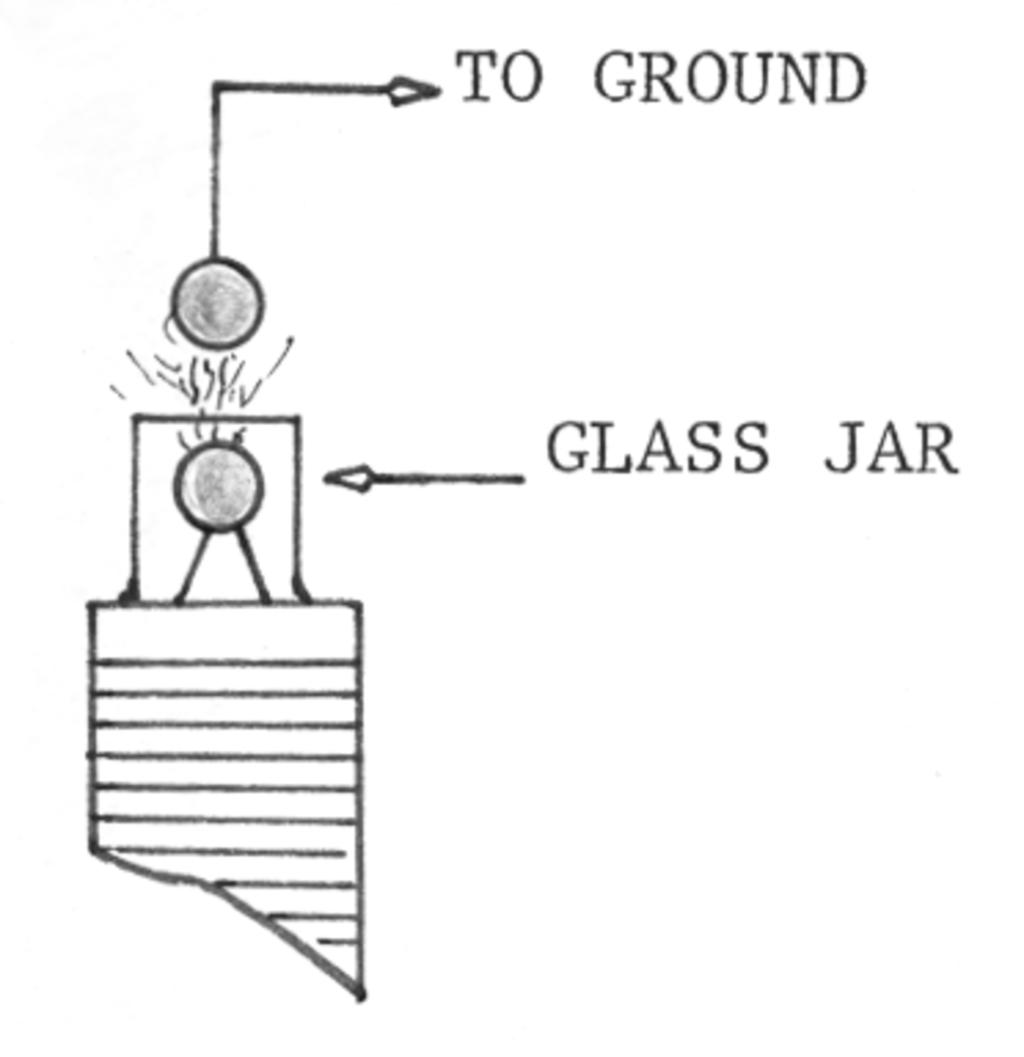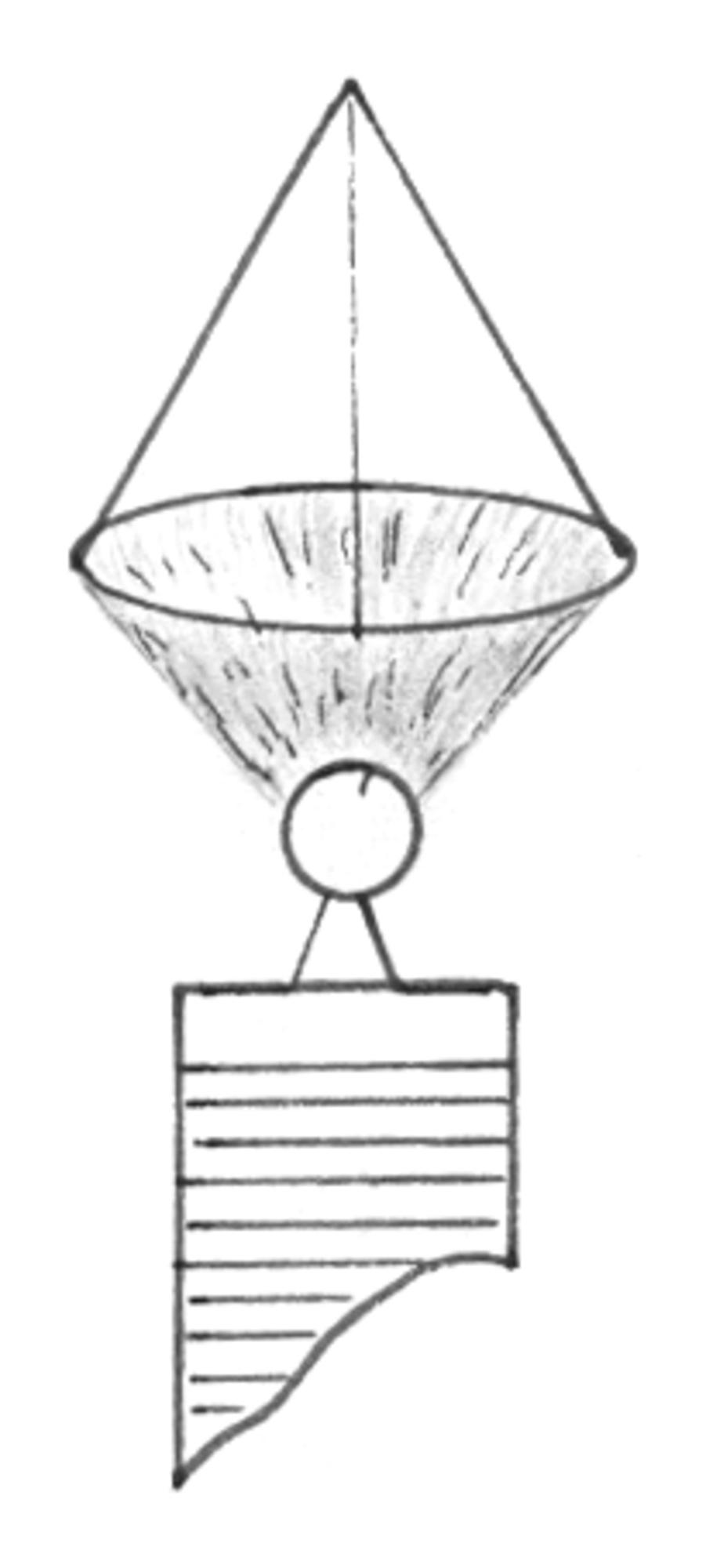TCBA Volume 2 - Issue 1
Page 11 of 18
Experiments with High Potentials and High Frequency - Part 2
The following are simple experiments. Although relatively safe, the handling of high voltages is never without danger. Readers are urged to read the suggested precautions listed in Part 1 (Volume 1 #2, page 14).
It is well to point out that any addition to the secondary coil will throw the entire unit out of tune. The coil can be retuned by tapping in more primary turns or by use of a tuning coil.
1. Demonstrating the Difficulty of Insulating Currents of High Potential and High Frequency
Place an inverted glass jar over the terminal of the secondary coil. Energize the coil and sparks will be seen to penetrate the glass. A grounded terminal suspended above the jar will enhance the effects. When done in a darkened room, the effects are even more apparent.
2. A Brush Discharge in the Form of a Cone
Suspend a metal ring or a perfect circle of wire above the secondary terminal. The ring must be held in a rigid position and be concentric with the secondary terminal. Energize the coil and a cone brush will appear. Note! This experiment is best done with small coils and requires patience.
Try the ring in a grounded and ungrounded condition. In addition, rings of different diameters should be utilized to find the best conditions for the rated output of the coil.
A brush is a blue haze. The object is to fill the space between the charged terminal and the ring with the haze instead of a single spark.
3. Brush Discharge between Two Concentric Circles *
This experiment is an extension of the one above. In this case, two rings of different diameters are placed in a concentric position. Again, these experiments require patience and a bit of luck.
* NOTE - metal rings of various sizes can be obtained at craft shops!



